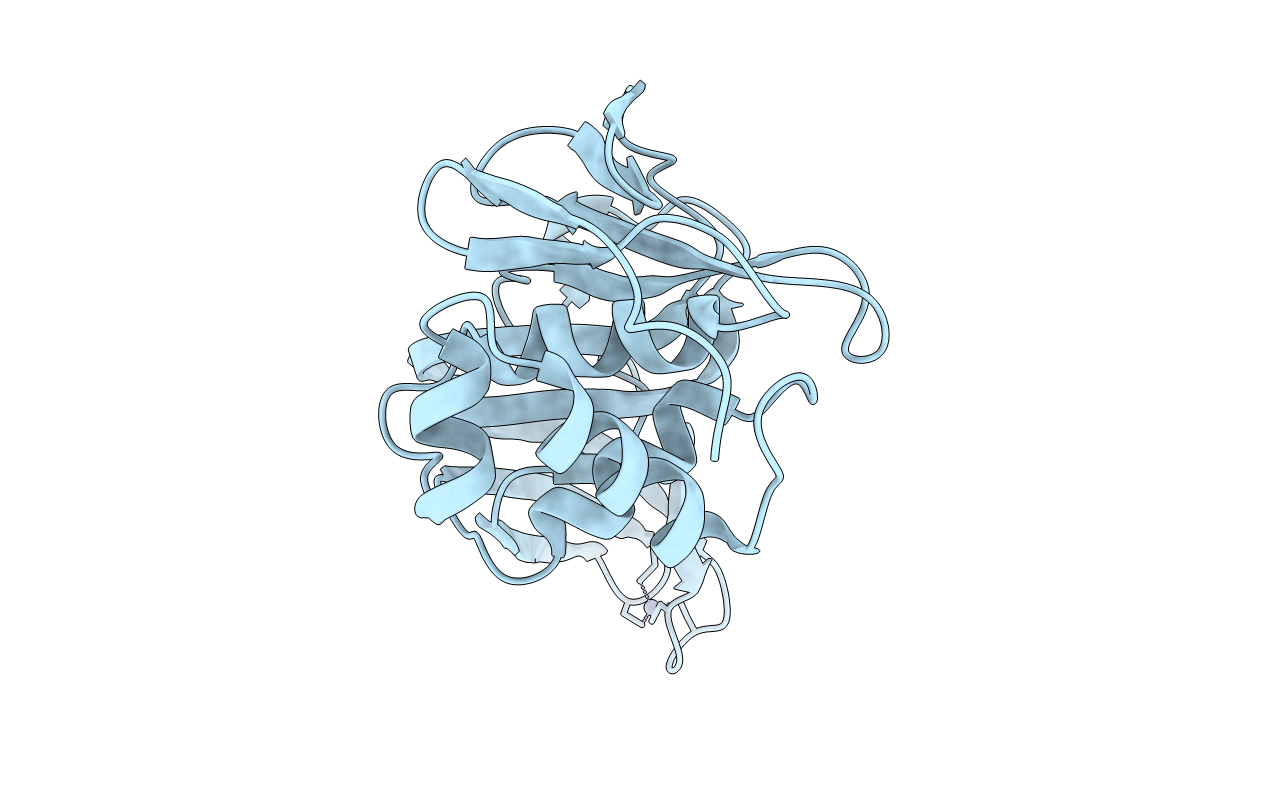
Deposition Date
2010-04-24
Release Date
2010-09-08
Last Version Date
2024-02-21
Entry Detail
PDB ID:
3MP2
Keywords:
Title:
Crystal structure of transmissible gastroenteritis virus papain-like protease 1
Biological Source:
Source Organism:
Host Organism:
Method Details:
Experimental Method:
Resolution:
2.50 Å
R-Value Free:
0.22
R-Value Work:
0.17
R-Value Observed:
0.17
Space Group:
P 41 21 2


